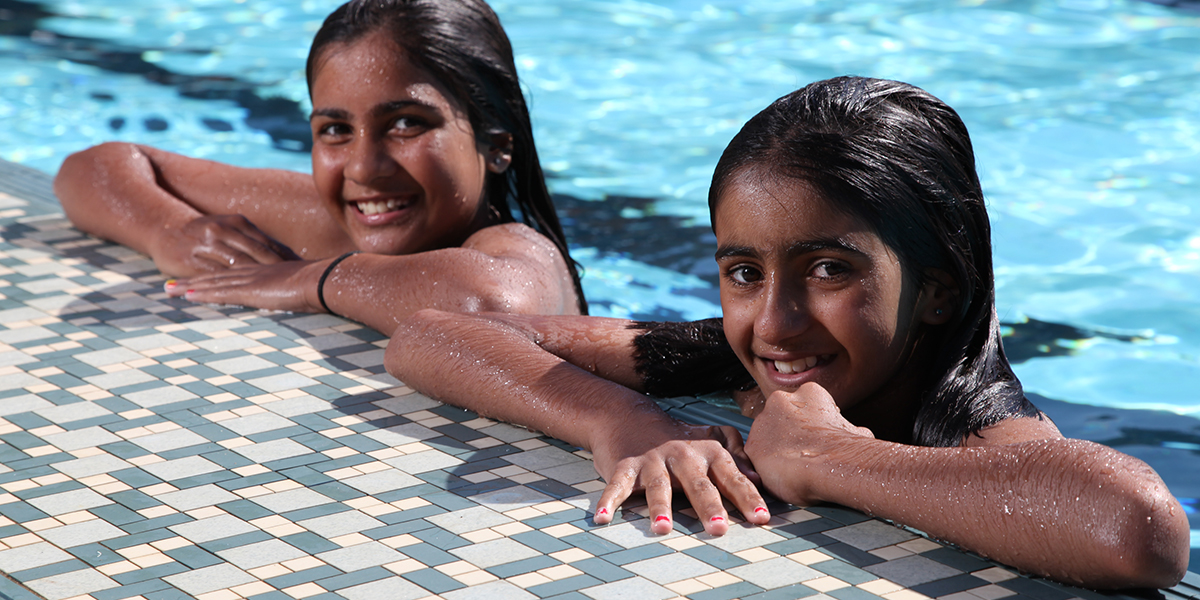 Swimming skills and water safety knowledge among overseas visitors is known to be less robust than those who have grown up in Australia. An increase in new residents from a range of countries and cultures in recent years has important implications for drowning prevention strategies to ensure everyone recreating in and around Australia’s waterways remains safe.
Swimming skills and water safety knowledge among overseas visitors is known to be less robust than those who have grown up in Australia. An increase in new residents from a range of countries and cultures in recent years has important implications for drowning prevention strategies to ensure everyone recreating in and around Australia’s waterways remains safe.
On average, 288 people drown in Australia each year, with around one in four people who drown being born overseas. Of these overseas-born deaths, most were men, and most drowned in rivers while swimming, with alcohol being a significant risk factor; these findings mirror those relating to drowning deaths of Australian-born people.
However, our research shows some unique risk factors for drowning among people born overseas, and there are different subgroups that may require specific approaches to drowning prevention, such as residents, overseas visitors and international students.
While the number of drowning deaths was highest among people from the United Kingdom and New Zealand, the rates of drowning for migrant populations were highest among those born in Korea, Taiwan, India (based on 100,000 population residing in Australia by country of birth).
There is, therefore, a need for tailored water safety strategies to target multicultural communities appropriately using clear messaging that is both culturally sensitive and educational. This requires specific information aimed at overseas transient populations (such as holiday makers, seasonal workers or those visiting on short-term business), new permanent residents and international students. One element of this targeted approach is to encourage greater cultural diversity among those working in the aquatic industry in Australia, which can help to engage multicultural populations.
Why are people from multicultural communities more at risk of drowning?
In many parts of the world, water is used for everyday life such as cooking, cleaning, working on or around the water, getting to school or around towns/villages and not for leisure or recreational purposes. This means swimming and leisure activities in and around the water may not be viewed and valued in many cultures in the same way as they are in Australia.
For people new to Australia, swimming and water safety lessons may not be an immediate priority when settling in Australia. And even if families want to start swimming and water safety lessons, barriers exist to accessing these programs, including financial, transport, childcare and lack of culturally appropriate facilities and programs.
Some people may never have been in the water before, let alone visited a public swimming pool and could have a fear of water and of drowning. Therefore, they may not have the knowledge, awareness or skills to adequately help themselves or others around water.
In Australia, children have the opportunity to learn swimming and water safety skills, and are exposed to water-based activities through their school years. Adults are less likely to access formal lessons or safety programs to learn essential knowledge and skills to keep themselves and their families safe around pools, beaches and other water bodies.
Royal Life Saving in action
Royal Life Saving is working to turn these statistics around, by providing culturally appropriate opportunities for multicultural men, women, and children to learn swimming and water safety skills across Australia.
